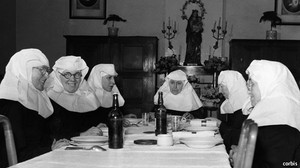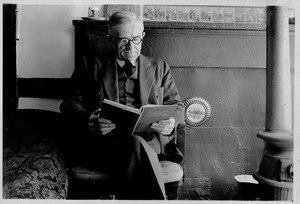Today, word was received that the Most Reverend Raffaello Martinelli, bishop of Frascati, opened the diocesan process for the cause of beatification for Chiara Lubich, foundress of the Opus Mariae (Work of Mary) – Focolare Movement. On 7 December 2013, the formal request was made by the current president of the Focolare Movement, Maria Voce, the direct successor to Chiara, to open the cause. The date of December 7th is significant because it was the 70th anniversary of the founding of the Movement. At the time of the formal request to Bishop Martinelli, Voce said: “This act invites us all to a life of greater holiness, lived day by day to contribute towards collective sanctity, that sanctity of the people so dear to Chiara’s heart.”
Chiara Lubich died on 14 March 2008. The officials of the Focolare Movement estimate that more than 120.000 have visited the sites where she lived and where her mortal remains rest.
The Movement has one their members beatified (Luce Badano) and 12 others who have their causes being studied.



